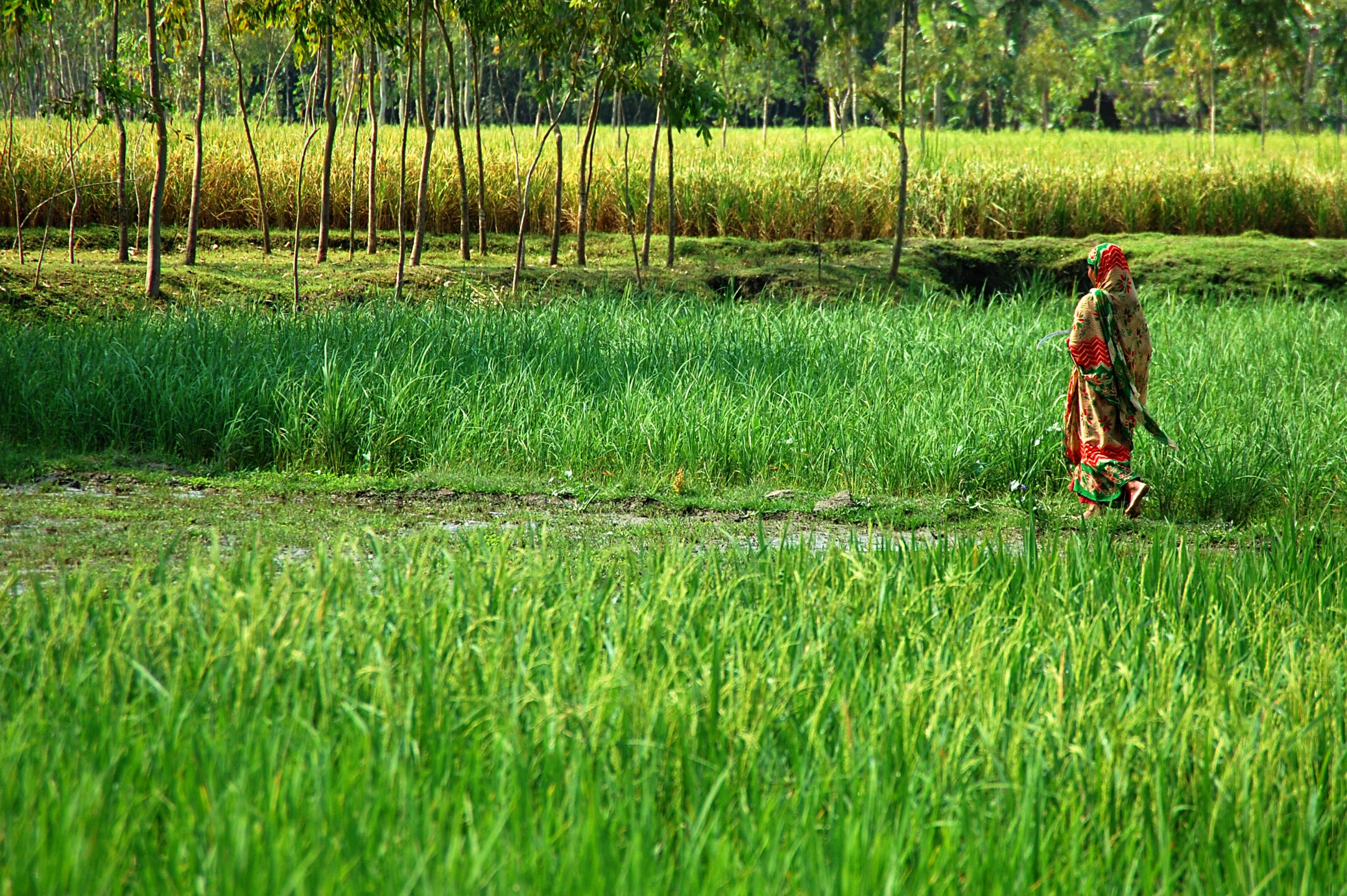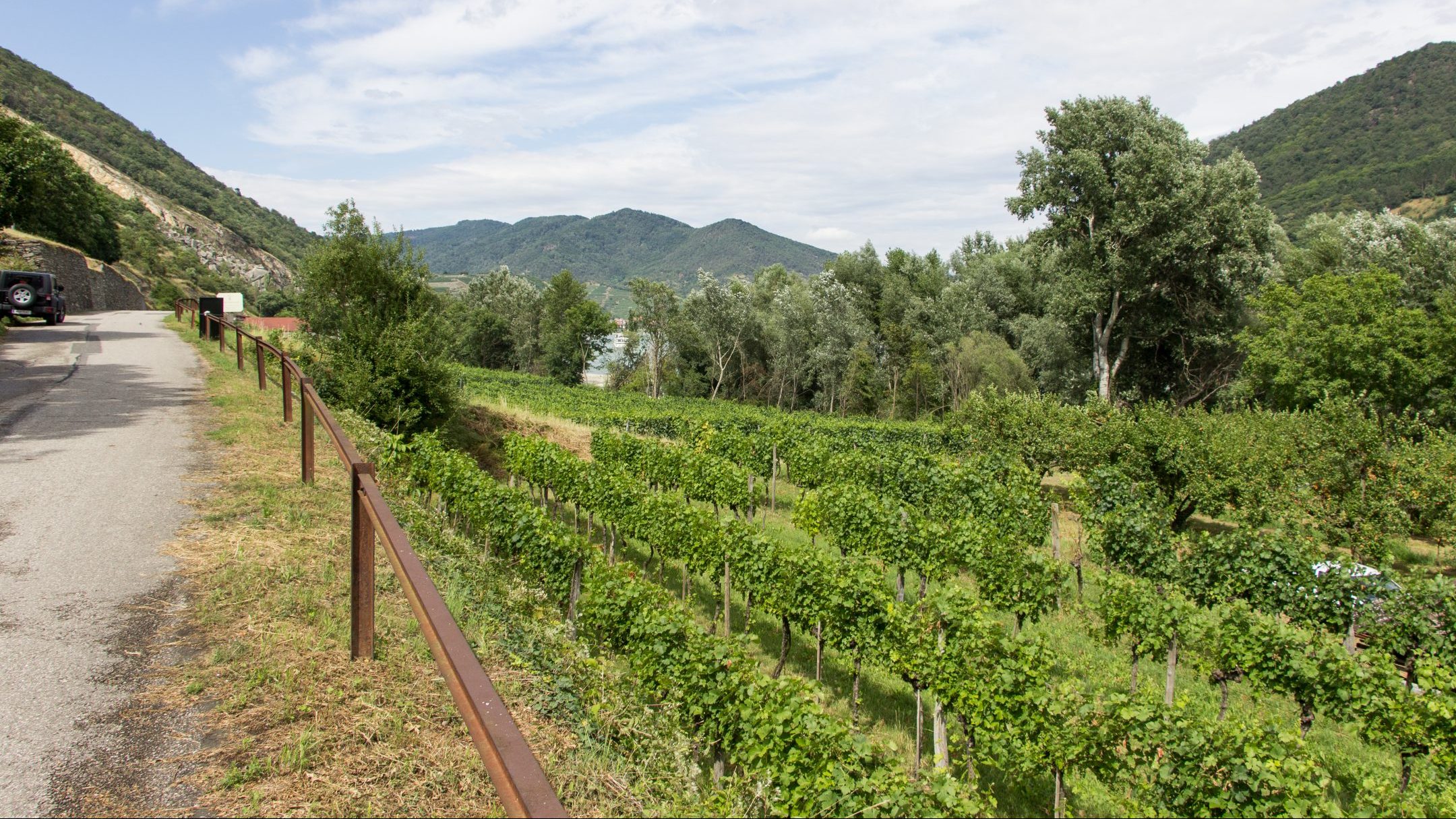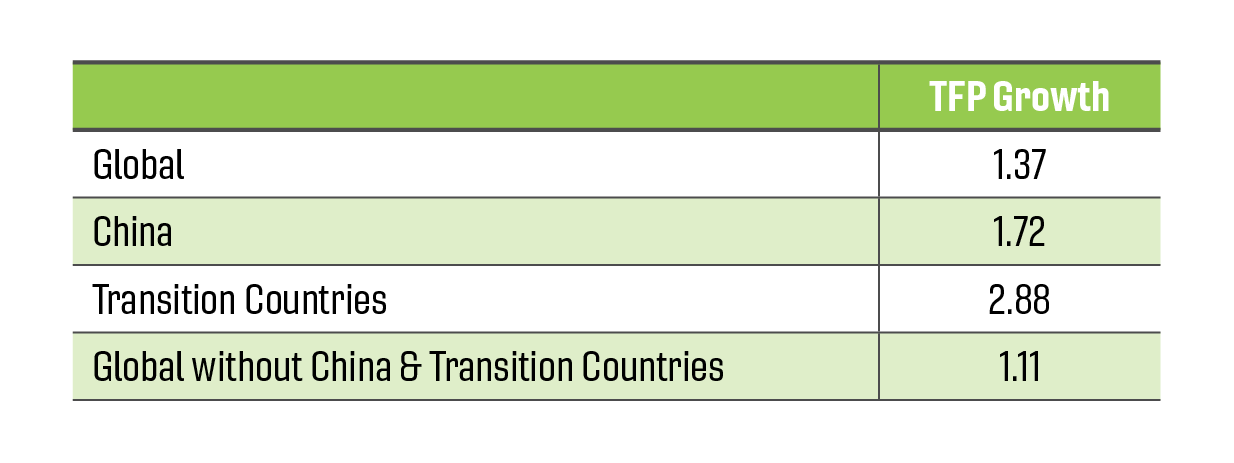Beckman, J., Ivanic, M., Jelliffe, J., Baquedano, F., & Scott, S. (2021, March 1). Farm to Fork initiative to restrict European agricultural inputs may increase food prices, further global food insecurity. Amber Waves. https://perma.cc/Y5YG-ZLNE
Fuglie, K., & Hitaj, C. (2019). Farming systems in North America. In J. R. Anderson, E. Berry, & P. Ferranti (Eds.), Encyclopedia of food security and sustainability (Vol. 3, pp. 81–94). Elsevier. https://doi.org/10.1016/B978-0-08-100596-5.22157-4
Fuglie, K. O., Wang, S. L., Ball, V. E., & C.A.B. International (Eds.). (2012). Productivity growth in agriculture: An international perspective. CABI
Jayne, T. S., Fox, L., Fuglie, K., & Adekaja, A. (2020). Agricultural productivity growth, resilience, and economic transformation in sub-Saharan Africa: Implications for USAID. Association of Public and Land-grant Universities. https://perma.cc/FEH8-LWES
Ling Wang, S., Nehring, R., & Williams, R. (2019, August 12). USDA ERS – Climate Change Likely to Have Uneven Impacts on Agricultural Productivity. Amber Waves. https://perma.cc/B9FHXEWU
OECD & FAO. (2021). OECD-FAO Agricultural Outlook 2021-2030. https://doi.org/10.1787/19428846-en
Ortiz-Bobea, A., Ault, T. R., Carrillo, C. M., Chambers, R. G., & Lobell, D. B. (2021). Anthropogenic climate change has slowed global agricultural productivity growth. Nature Climate Change, 11(4), 306–312. https://doi.org/10.1038/s41558-021-01000-1
Villoria, N. (2019). Consequences of agricultural total factor productivity growth for the sustainability of global farming: Accounting for direct and indirect land use effects. Environmental Research Letters, 14(12), 125002. https://doi.org/10.1088/1748-9326/ab4f57












